The specialists of the LEOX laboratory (Low Earth Orbit Facility) have started testing promising materials intended for the construction of the EnVision apparatus. As part of its mission, it will have to make a series of dives into the atmosphere of Venus.
Method of air braking
The EnVision mission was approved by ESA in 2021. It involves the construction of an apparatus designed to study the atmosphere and endogenous activity of Venus, as well as drawing up a detailed map of its surface. Its launch is scheduled for the beginning of the next decade.
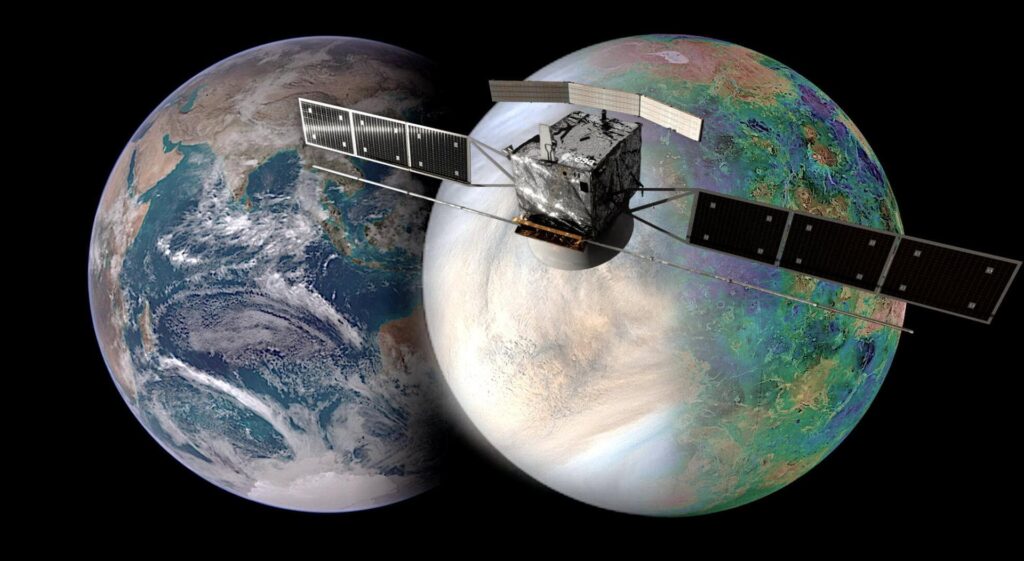
The peculiarity of EnVision is that after arriving at Venus, it will be in a very elongated orbit with an apocenter lying at a distance of 250 thousand km from its surface. In order to begin the implementation of its scientific program, the device will need to reduce the altitude to only 500 km.
The problem is that using engines for this task will require a huge amount of fuel, which significantly exceeds the capabilities of the Ariane 6 launch vehicle. Therefore, to reduce the height of the EnVision orbit, engineers use the method of aerodynamic braking. Its essence is to use the atmosphere of the planet to change the orbital parameters of the spacecraft.
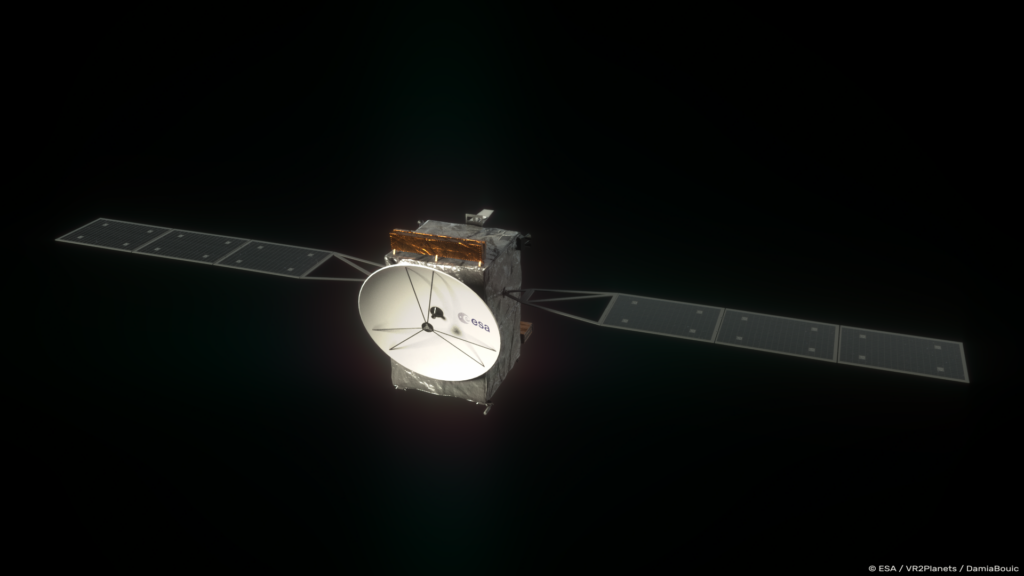
Simply put, EnVision will periodically “dive” into the Venusian atmosphere. Its resistance will gradually reduce the height of the device without using any fuel. According to experts, it will take 16 months for EnVision to enter the working orbit.
Aggressive atmosphere of Venus
ESA already has some experience in using the air braking technique. So, at the end of its mission in 2014, the Venus Express spacecraft made a series of test dives into the Venusian atmosphere. And in 2017, the TGO spacecraft that arrived to Mars used air braking to lower the altitude of its orbit.
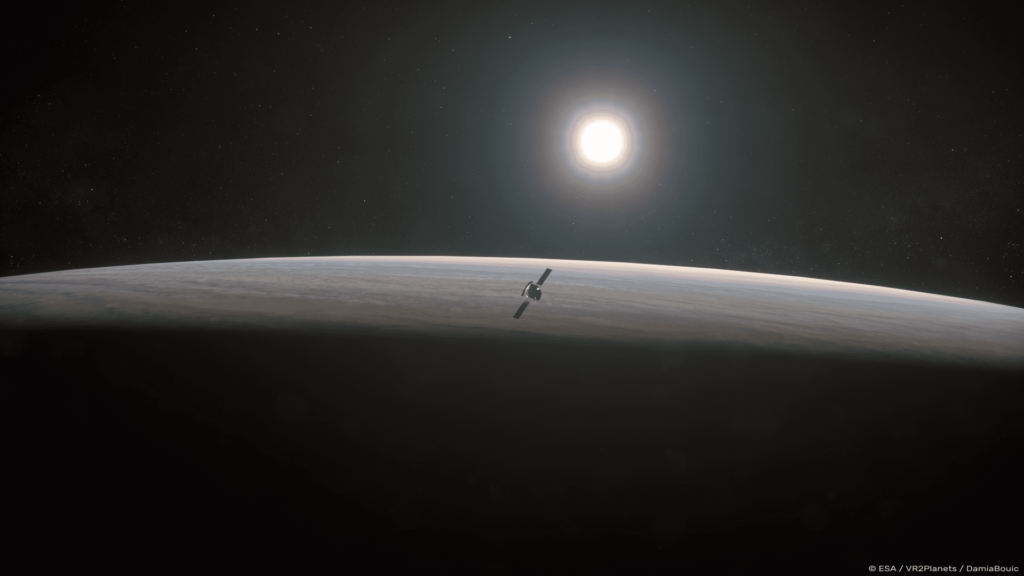
However, Venus’s air braking will be much more difficult than that of Mars — both because of higher speeds and much higher atmospheric density. It should also be taken into account that EnVision will be much closer to the Sun and receive twice as much radiation as if it were in Earth orbit.
And finally, another critical factor that can affect the success of the mission is atomic oxygen present in the upper layers of the Venusian atmosphere (it is formed when oxygen molecules decay under the influence of solar radiation). It has very powerful erosion properties and over time is capable of causing damage to the coating of the spacecraft.
Tests of materials for the EnVision mission
Therefore, the mission’s designers have already begun testing the stability of promising materials that are planned to be used in the construction of EnVision. The tests are carried out in the LEOX laboratory, which is part of the ESTEC testing complex. Within their framework, specialists “fire” oxygen atoms at the samples in the test chamber. Interestingly, the JUICE device passed a similar test earlier (it is believed that atomic oxygen may also be present in the vicinity of Europa and Ganymede).
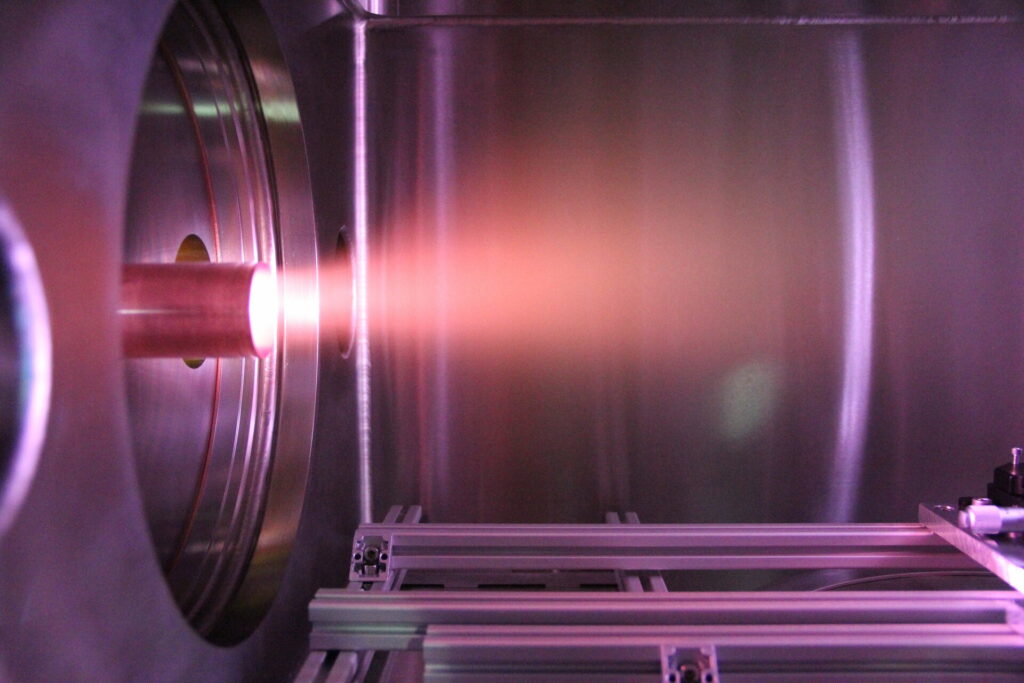
In parallel with the bombing, promising materials are also heated to a temperature of 350 °C. Calculations show that during the transit through the atmosphere of Venus, some elements of EnVision will be heated to a similar temperature.
During the tests, LEOX specialists study both the structural stability of materials and check them for color changes, which is also an important factor. Darkening of the protective cover will cause EnVision to heat up more, which may disrupt its thermal balance.

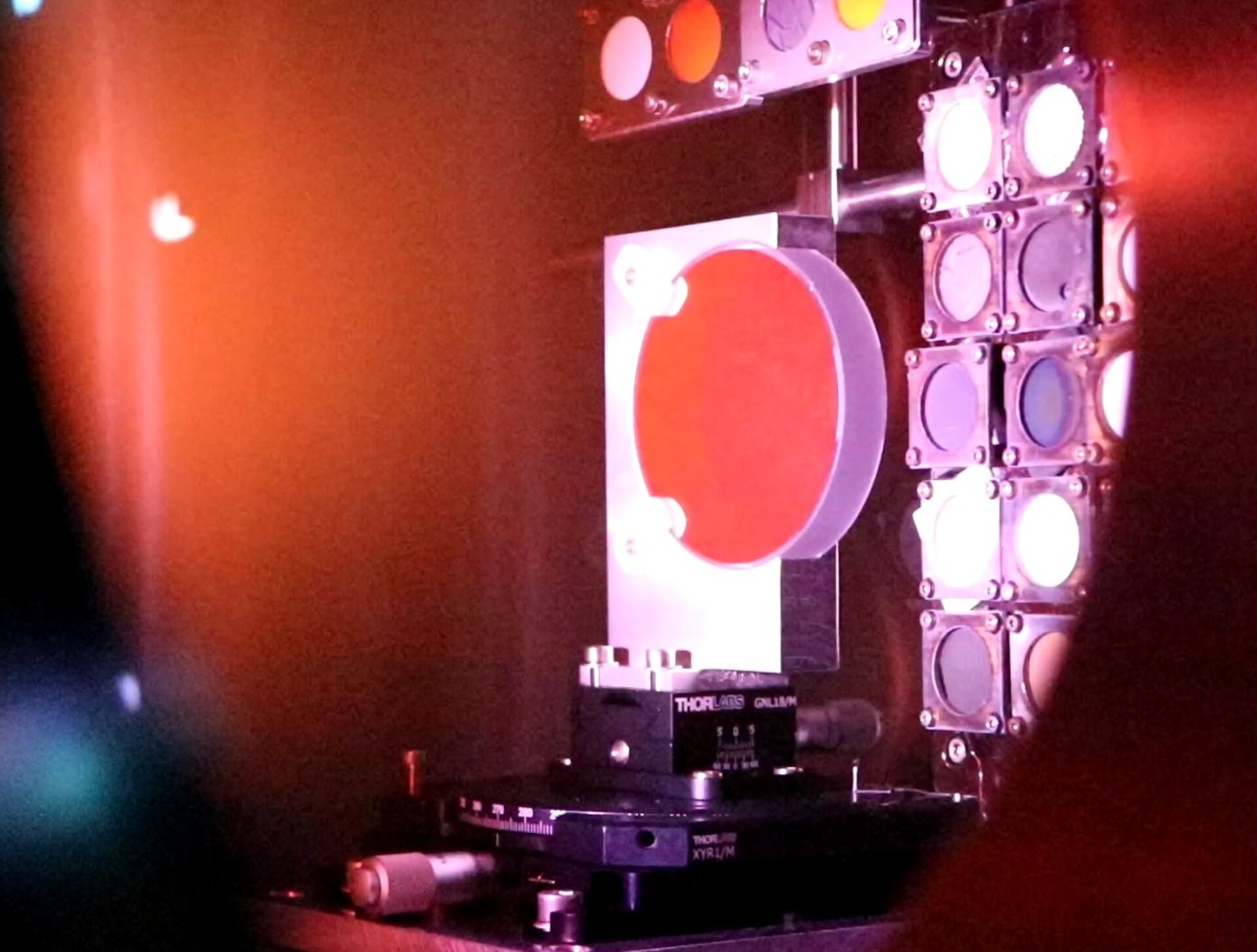
Currently, engineers are still continuing to test various components designed for EnVision. It is expected that the test results will be announced at the end of the year.
According to https://www.esa.int
Follow us on Twitter to get the most interesting space news in time
https://twitter.com/ust_magazine

